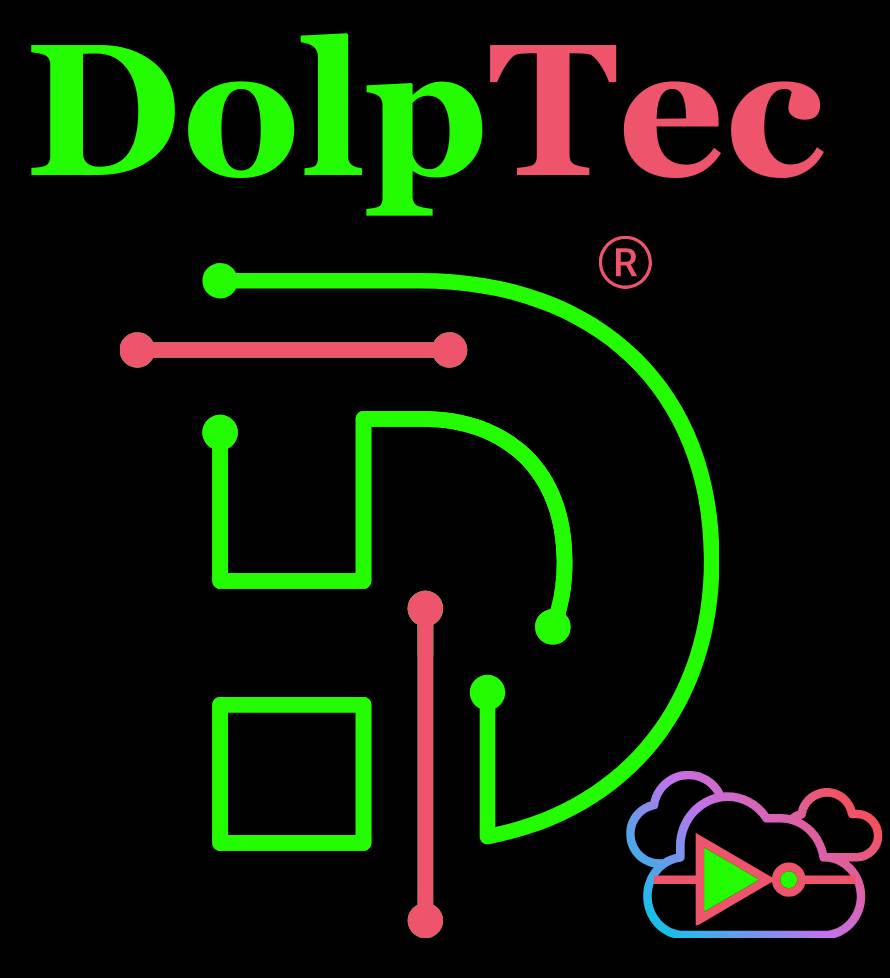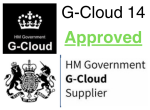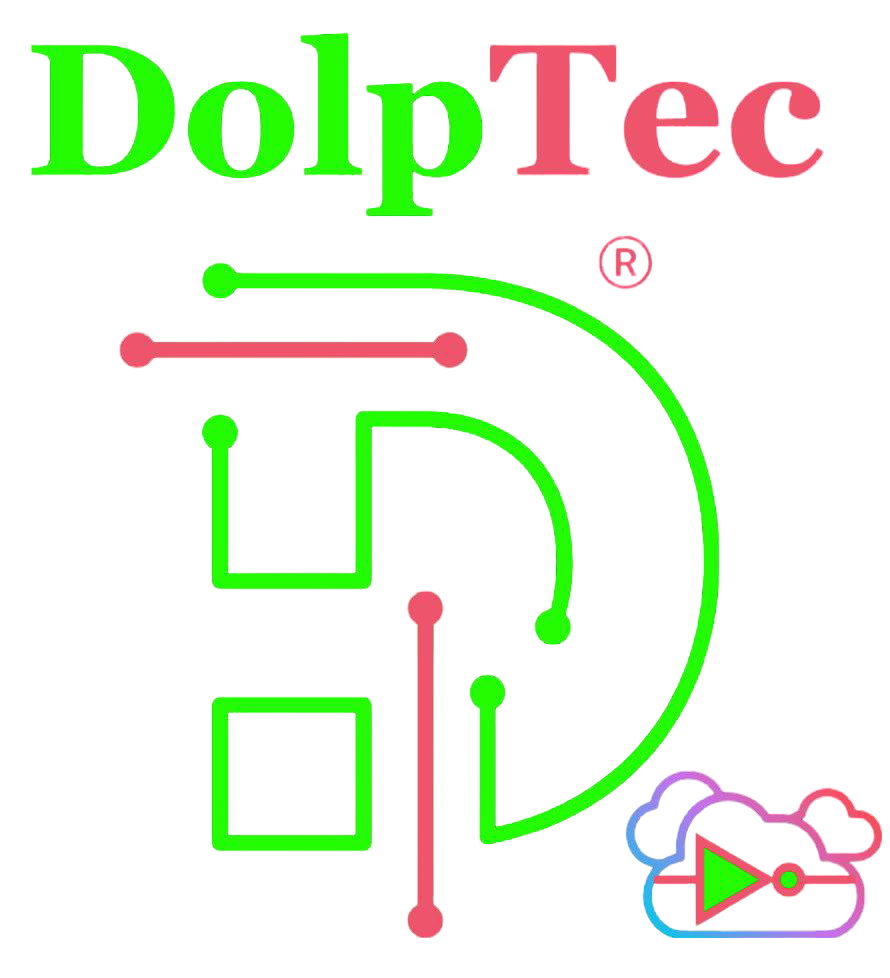
1. Disease Diagnosis
Example: Google’s DeepMind developed an AI model capable of diagnosing eye diseases by analyzing OCT scans with accuracy comparable to top ophthalmologists.
Limitation: It requires large labeled datasets and struggles to generalize across diverse patient populations.
Solution: Use transfer learning and include diverse datasets during training to improve adaptability.
2. Drug Discovery
Example: IBM Watson Health uses ML to analyze data for drug discovery, reducing research time and costs.
Limitation: ML can overlook biological complexities that cannot be captured by algorithms.
Solution: Combine ML with domain expertise from researchers and validate results through traditional methods.
3. Medical Imaging
Example: Aidoc uses ML to assist radiologists in detecting abnormalities in scans like brain bleeds or fractures.
Limitation: False positives can overwhelm radiologists and lead to unnecessary follow-ups.
Solution: Improve model specificity and integrate ML results with human expertise to minimize errors.
4. Personalized Medicine
Example: Tempus develops personalized cancer treatment plans using ML to analyze patient data and genetic profiles.
Limitation: Limited access to high-quality, diverse patient datasets may restrict model efficacy.
Solution: Encourage data sharing through secure and privacy-preserving platforms like federated learning.
5. Predictive Analytics
Example: Johns Hopkins Hospital uses ML to predict patient deterioration and prevent ICU admissions.
Limitation: ML predictions can be difficult to interpret by clinicians (black-box problem).
Solution: Use explainable AI (XAI) techniques to ensure clinicians understand the reasoning behind predictions.
Limitations of Machine Learning in Wellness care and Their Solutions
1. Data Challenges
Issue: Healthcare data is often siloed, incomplete, or unstructured, making it hard for ML models to process effectively.
Solution: Implement standardized electronic health records (EHRs) and adopt data cleaning techniques to ensure quality.
2. Privacy Concerns
Issue: Patient data is sensitive, and breaches can have severe consequences.
Solution: Use encryption, anonymization, and federated learning to protect patient data while training ML models.
3. Bias in Algorithms
Issue: Bias in training datasets leads to inaccurate predictions for underrepresented groups.
Solution: Ensure datasets are diverse and implement fairness checks in ML pipelines.
4. Interpretability (Black-Box Models)
Issue: Clinicians may not trust or understand ML predictions due to lack of transparency.
Solution: Use interpretable models (e.g., decision trees) or tools like SHAP/LIME to explain predictions.
5. Integration with Clinical Workflow
Issue: ML tools can disrupt existing workflows, causing inefficiencies.
Solution: Collaborate with healthcare professionals to design user-friendly systems that integrate seamlessly into daily practices.
Future Potential
Machine learning holds immense potential to revolutionize healthcare, but addressing its limitations with innovative solutions is essential to maximize its impact. By combining robust algorithms with ethical practices and human expertise, ML can pave the way for safer, more effective, and efficient healthcare systems.
Case Study 2: The Role of Machine Learning in Predicting Cardiac Arrest in ICU Patients
Background
Cardiac arrest is one of the leading causes of mortality in hospitals, especially in intensive care units (ICUs). Early identification of patients at risk is crucial to improve survival rates. Machine learning (ML) has emerged as a powerful tool to analyze patient data and predict cardiac arrest before it occurs.
Practical Illustration
Tool: The Cleveland Clinic partnered with Microsoft Azure to develop an ML-powered system that monitors ICU patients.
How It Works: The system continuously analyzes vital signs, lab results, and patient histories to identify patterns and trends associated with cardiac arrest.
Outcome: The tool successfully flagged high-risk patients up to 6 hours before cardiac arrest, allowing medical staff to intervene proactively.
Limitations
False Positives:
Issue: The system occasionally identified patients as high-risk even when no cardiac arrest occurred, leading to unnecessary stress and resource allocation.
Solution: Increase specificity by refining algorithms and incorporating more contextual data such as clinician notes.
Data Quality:
Issue: Poor-quality or incomplete patient records affected model accuracy.
Solution: Implement real-time data validation and cleaning mechanisms to ensure reliable input for ML models.
Interpretability Challenges:
Issue: Clinicians found it difficult to trust the system because of the lack of transparency in its predictions.
Solution: Integrate explainable AI (XAI) tools to provide detailed insights into why certain patients are flagged as high-risk.
Key ML Techniques Used
Time-Series Analysis: Analyzing real-time vital signs like heart rate, blood pressure, and oxygen saturation to detect anomalies.
Predictive Analytics: Using historical patient data to train models that predict cardiac arrest probabilities.
Deep Learning: Neural networks were used to analyze complex patterns in physiological data, improving prediction accuracy.
Favourable Results
Improved Response Time: Early warnings allowed medical teams to initiate treatments like administering medications, oxygen support, or defibrillation.
Resource Optimization: Hospitals could allocate resources more efficiently, focusing on high-risk patients.
Patient Outcomes: The system reduced ICU mortality rates by 15%, showcasing the potential of ML in critical care.
Future Implications
The success of this system has paved the way for broader applications of ML in critical care, such as predicting sepsis, respiratory failure, and other life-threatening conditions. By continuously improving data integration, accuracy, and clinician trust, machine learning could become a cornerstone of proactive healthcare.
Machine learning’s ability to predict cardiac arrest in ICU patients highlights its transformative potential in healthcare. While challenges like false positives and data quality remain, targeted solutions ensure continuous improvement. This case study demonstrates how AI-powered tools can empower clinicians to save lives and shape the future of critical care.







